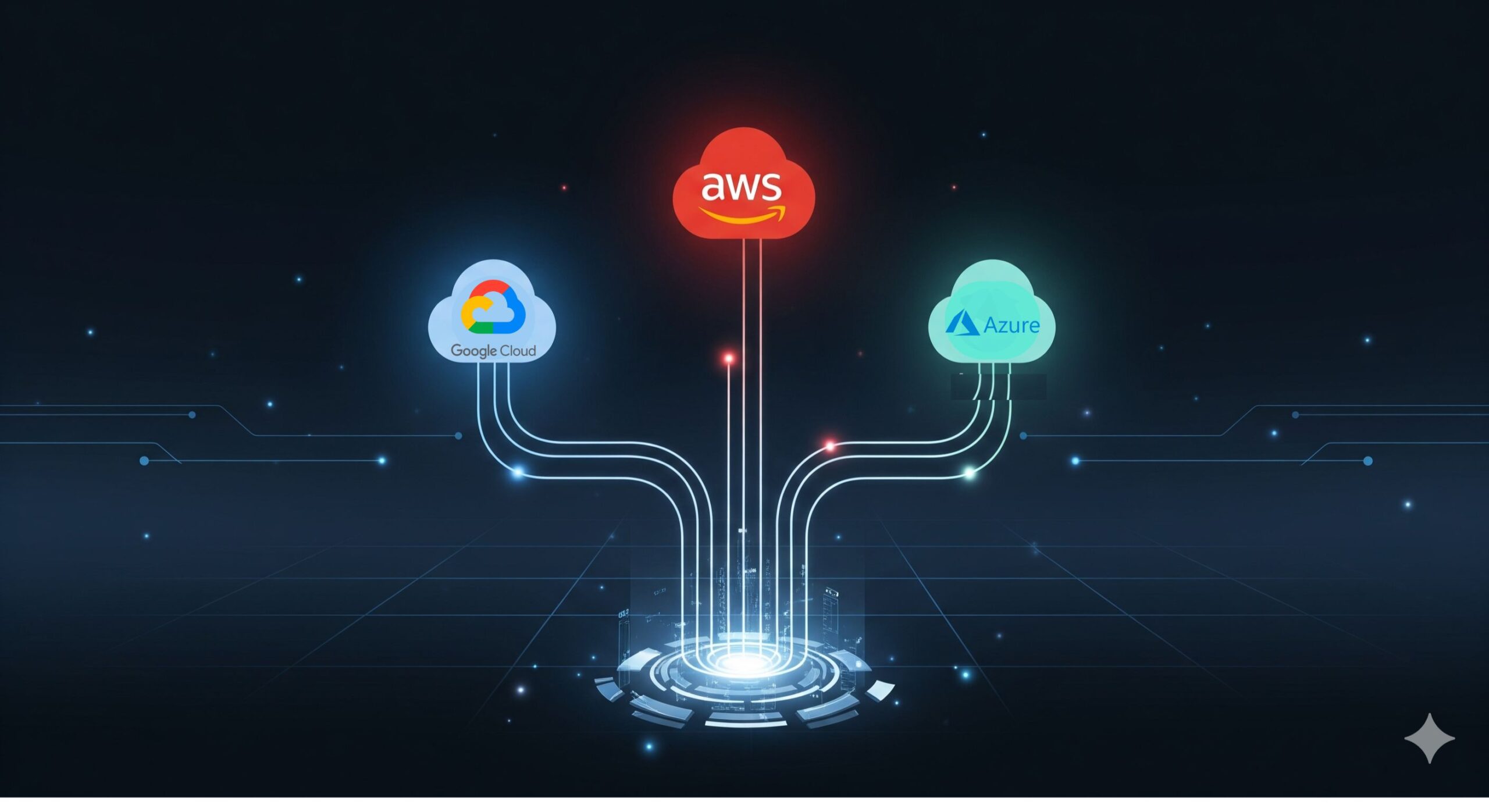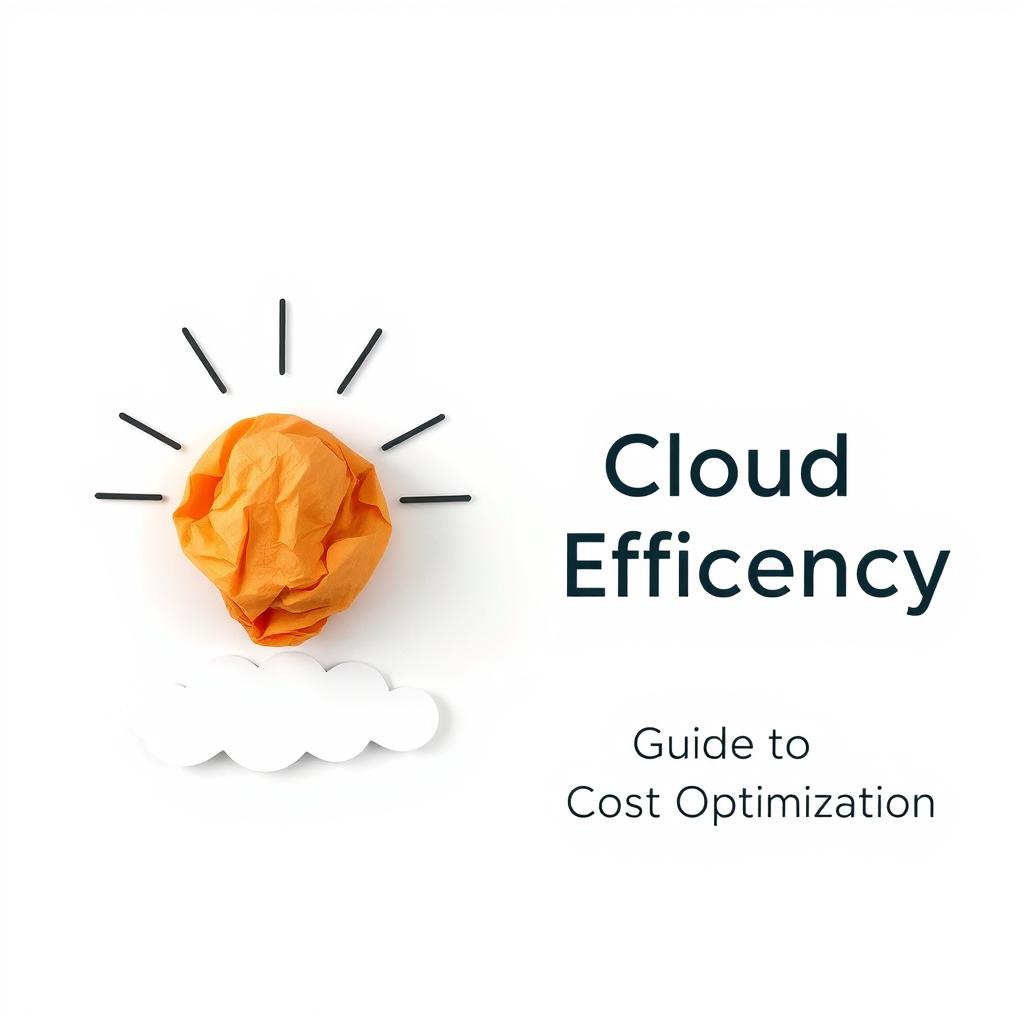
Transcloud
October 17, 2025

October 17, 2025
Cloud costs have become one of the fastest-growing line items in IT budgets. While cloud delivers agility, scale, and innovation, many organizations still struggle to control spend. Spikes in usage, misconfigured resources, and unpredictable demand patterns often leave finance and engineering teams scrambling for answers.
This is where AI-driven cost optimization enters the picture. By combining machine learning, automation, and predictive intelligence, businesses can move from reactive firefighting to proactive cost governance—cutting waste while ensuring performance and scalability.
Most organizations today rely on dashboards, budgets, and alerts to track cloud spend. While useful, these methods are reactive:
The result? Costs are managed in hindsight, and optimization efforts feel like catch-up rather than control.
AI changes this equation by introducing continuous monitoring, anomaly detection, and predictive scaling.
AI models continuously scan billing data, usage patterns, and resource metrics. When spending deviates from expected baselines—say a runaway Kubernetes pod or unplanned storage growth—the system raises real-time alerts.
Cloud workloads are dynamic—traffic surges, batch jobs, and seasonal demand are common. Instead of scaling reactively, AI can forecast usage based on historical patterns.
AI goes beyond simple rules by analyzing workload behavior and recommending:
AI models learn from spend history, seasonality, and workload trends to produce accurate forecasts. This allows finance teams to set realistic budgets and predict ROI from optimization initiatives.
AI isn’t just about insights—it’s about automation. With policy-driven actions, organizations can set guardrails like:
This makes FinOps practices proactive and self-enforcing, instead of manual and after the fact.
Organizations that adopt AI-driven cost optimization often report:
Instead of reacting to surprise bills, teams gain control and confidence in their cloud strategy.
AI-driven cost optimization isn’t about replacing human decision-making—it’s about enhancing it. By handling anomaly detection, predictive scaling, and automated rightsizing, AI frees teams to focus on growth and innovation.
At Transcloud, we help businesses integrate AI-powered cost optimization frameworks into their multi-cloud environments, ensuring efficiency, predictability, and resilience—without the enterprise-level price tag.


